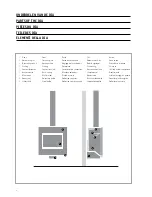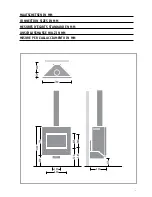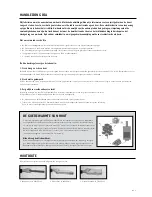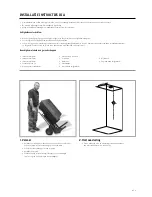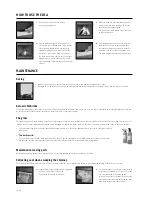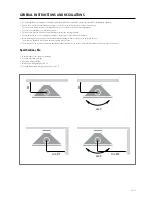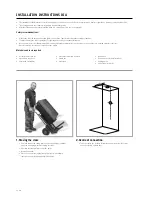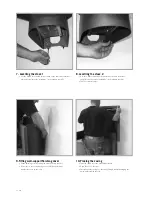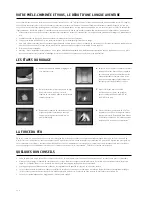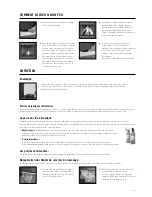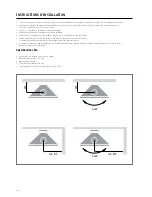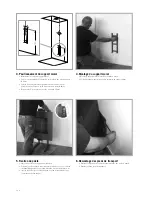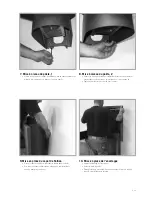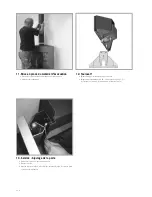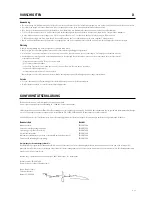
16 GB
how To use The DIa
1.
Open the air-control slide completely
by pulling it towards you.
3.
When the stove has been burning properly for
a while, add a few more solid logs. (First open
the aeration slide.) Stack lightly.
The amount (not more than 2,5 logs) depends
on the heat required.
2.
Place 2 fairly thick logs on the bottom of the
stove. Stack some kindling wood on top of them.
Stack lightly so that the flame can take hold.
Light the kindling wood up in the stove with a
firelighter or some paper. Allow some time for
the stove to heat up in order to ensure a proper
draught and a good fire under the more solid
logs to be added. You will then also keep the flue
cleaner.
maInTenance
Casing
Ceramic firebricks
• Dust the stove using a non-fibrous cloth or soft stove brush. Clean with lean soapsuds if necessary.
• Damaged spots can be touched up using an abrasive cloth and the special Harrie Leenders stove paint. Ask you supplier for advice.
You need not worry about any cracks in the ceramic firebrick elements as long as the flame does not come into direct contact with the metal behind them. Should this
be the case, however, then it will be necessary to replace the brick; contact your supplier.
The glass
•
Use paper towel and then remove the light moisture using a damp cloth. Exert some light pressure on the outside of the glass so that it
will not shift.
•
Thicker deposits:
Use moist paper towel and the white ashes from the stove or a special stove-glass cleaner. Allow a moment for this to have its effect.
Always make sure that these agents do not come into contact with the enamel to prevent stains from being formed.
1.
Slightly lift the ceramic baffle and pull it towards
you. You can then take it out easily.
Then lift the steel baffle to remove it.
Moving and squeaking parts must be lubricated once a year using graphite grease. Ask your supplier for advice.
2.
Place a newspaper on the bottom of the stove to
collect the accumulated soot. Close the door and
the air-control slide. After sweeping the
chimney, remove the accumulated soot from the
stove and put the refractory baffle and the steel
baffle back in their respective positions.
The glass is steamed up when burning wet fuel or too little oxygen is supplied. Also, the glass may steam up if the fire does not start fiercely enough. This happens, for
instance, when you start with small logs instead of thin kindling wood. Moisture will then remain in the stove for too long, and will settle on the coldest part: the glass.
Maintenance moving parts
Collecting soot when sweeping the chimney
4.
For a glowing mass of charcoal, you may close
the aeration slide even further. You will then
enjoy the heat longer. If you want to let the fire
die down, open the aeration slide all the way.
The remaining wood will then burn up quicker.
The refractory-board baffle and steel baffle must be removed so that the soot being removed during chimney sweeping will land at the bottom of the stove.

